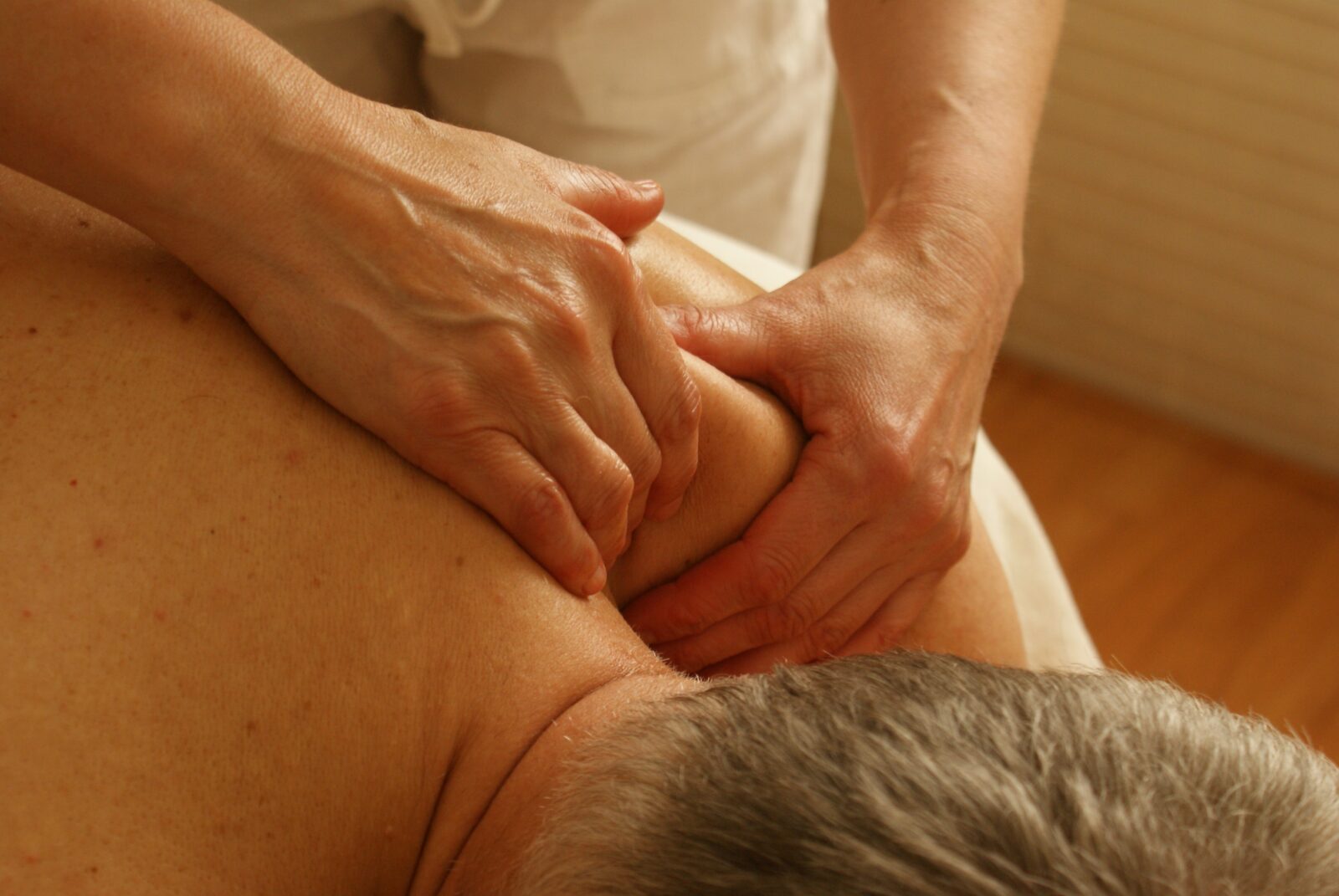
Parkinson’s disease (PD) is a chronic and progressive neurological disorder that affects movement. It is caused by the loss of dopamine-producing brain cells in a region of the brain called the substantia nigra. Dopamine is a neurotransmitter that helps regulate movement, and its loss leads to the characteristic motor symptoms of PD, including tremors, rigidity, bradykinesia (slowness of movement), and postural instability. In this essential guide, we will discuss the different types of PD, its symptoms, causes, treatments, and natural remedies.
Types of Parkinson’s disease
There are two main types of PD: idiopathic and secondary. Idiopathic PD is the most common type and is believed to be caused by a combination of genetic and environmental factors. Secondary PD, on the other hand, is caused by external factors such as head trauma, medication, or exposure to toxins.
Symptoms of Parkinson’s disease
- The symptoms of PD can vary from person to person, and some may not experience all of them. The most common symptoms of PD include:
- Tremors: These are involuntary shaking movements, usually in the hands, arms, or legs, and can occur when the person is at rest or when performing an action.
- Rigidity: This refers to the stiffness of the muscles, making it difficult to move or bend the limbs.
- Bradykinesia: This is slowness of movement, making everyday activities like walking or getting dressed difficult.
- Postural instability: This refers to difficulty maintaining balance, which can lead to falls.
- Other symptoms of PD can include changes in speech, writing, and facial expressions, as well as difficulty sleeping and constipation.
Causes of Parkinson’s disease
The exact cause of PD is not fully understood, but it is believed to be a combination of genetic and environmental factors. Mutations in several genes, including SNCA, LRRK2, and Parkin, have been linked to an increased risk of developing PD. However, not everyone with these genetic mutations will develop the disease, and some people with PD have no known genetic risk factors.
Environmental factors that have been linked to an increased risk of PD include exposure to pesticides and other toxins, head injuries, and certain medications. However, not everyone exposed to these factors will develop PD, and some people with PD have no known environmental risk factors.
Treatments for Parkinson’s disease
There is currently no cure for PD, but there are several treatments that can help manage its symptoms. The most common treatments for PD include:
Members Only Content
To continue reading please subscribe to WellnessPlus by Dr. Jess MD
Be your own best doctor with our comprehensive suite of online health coaching tools.
